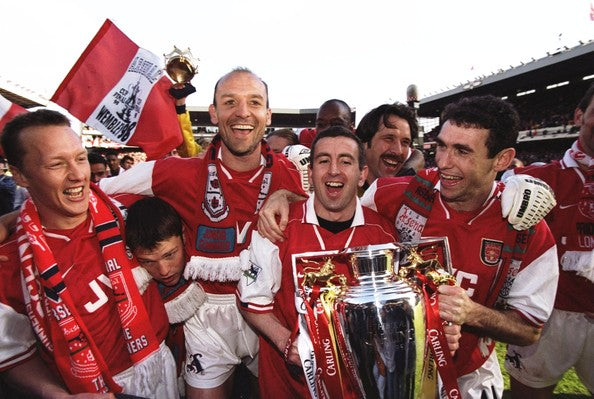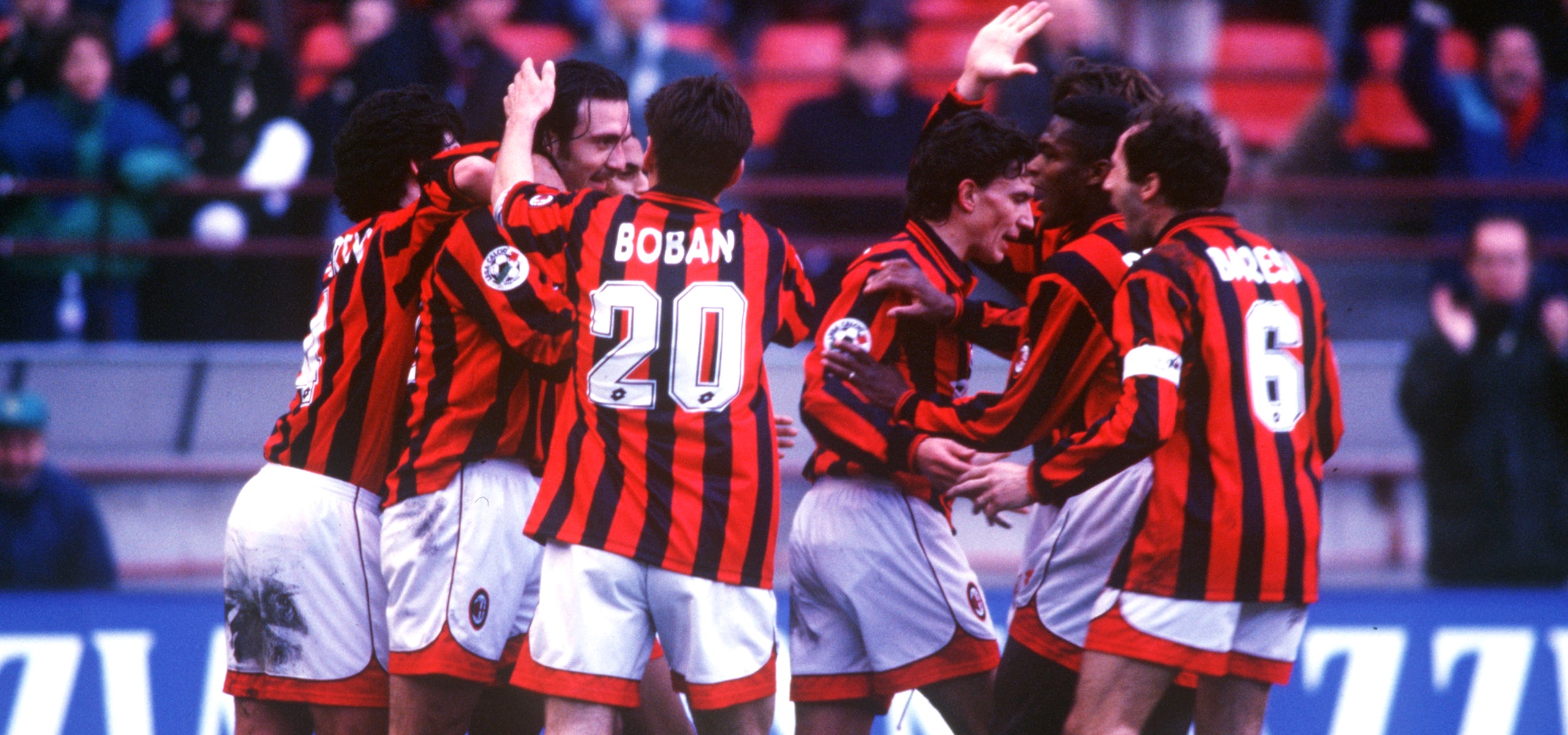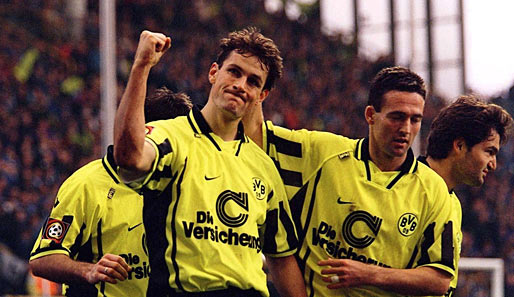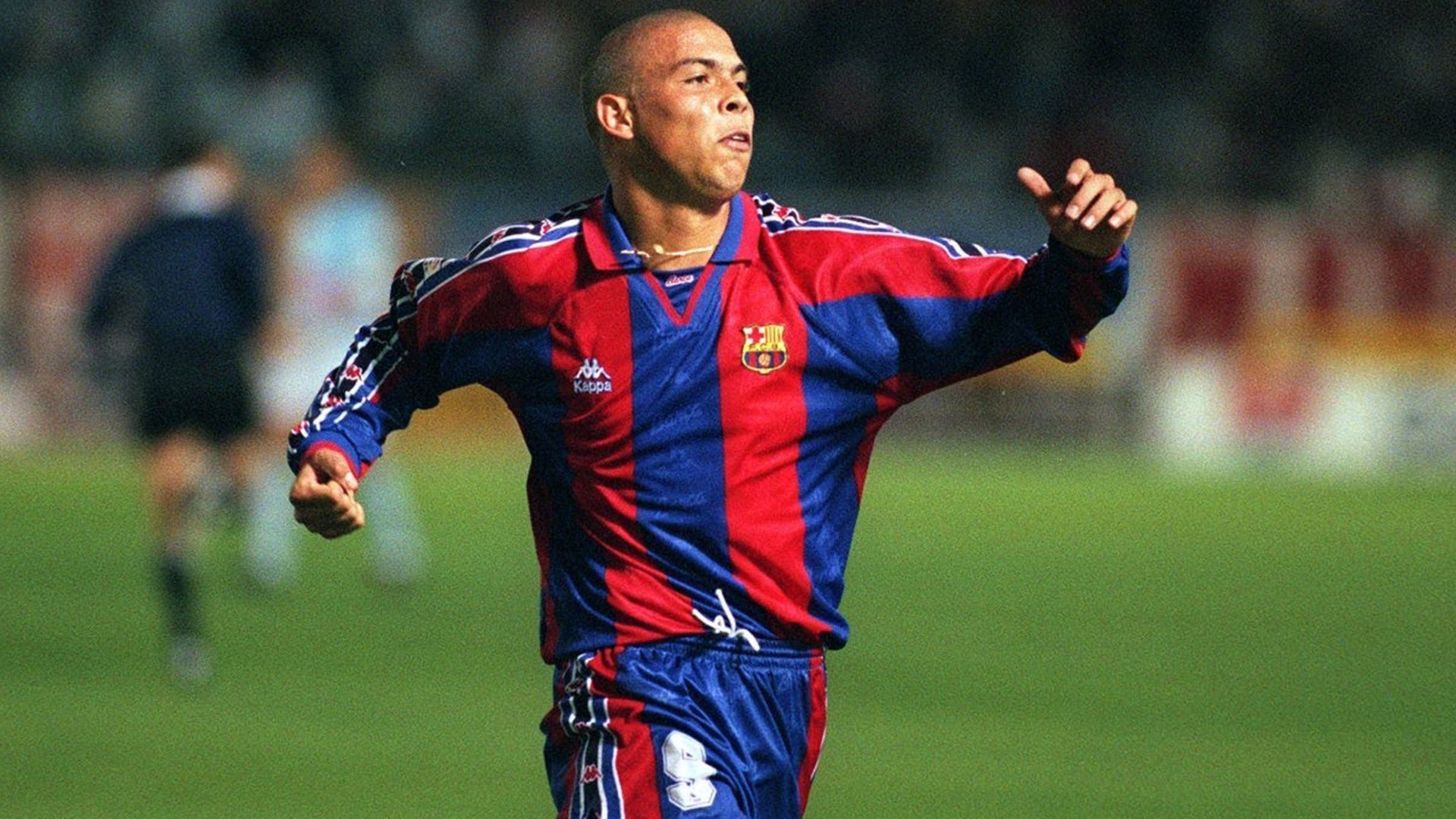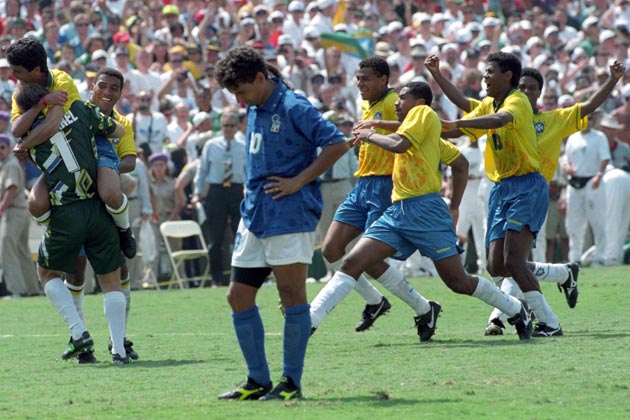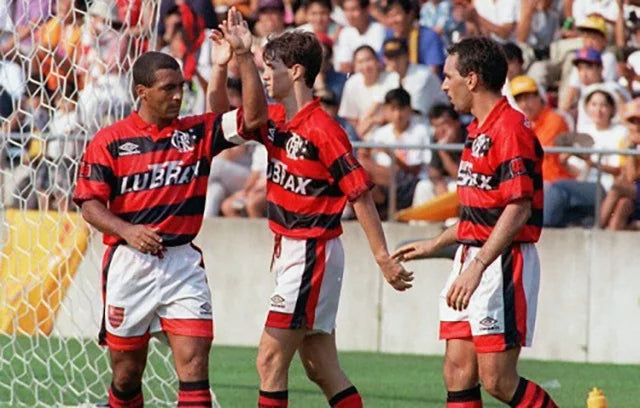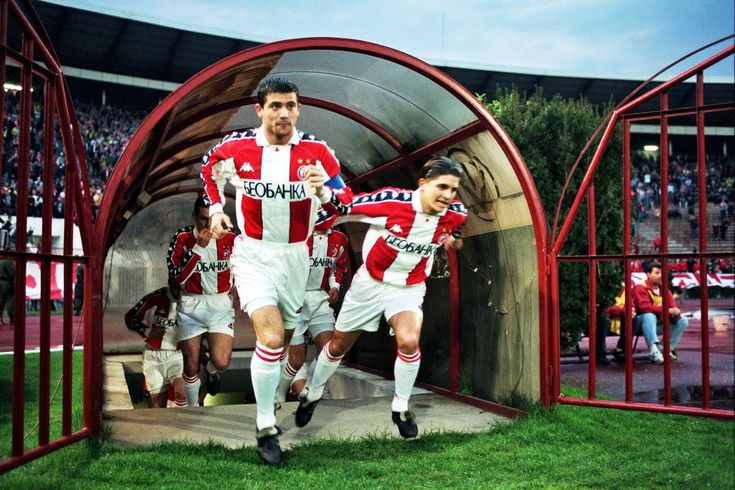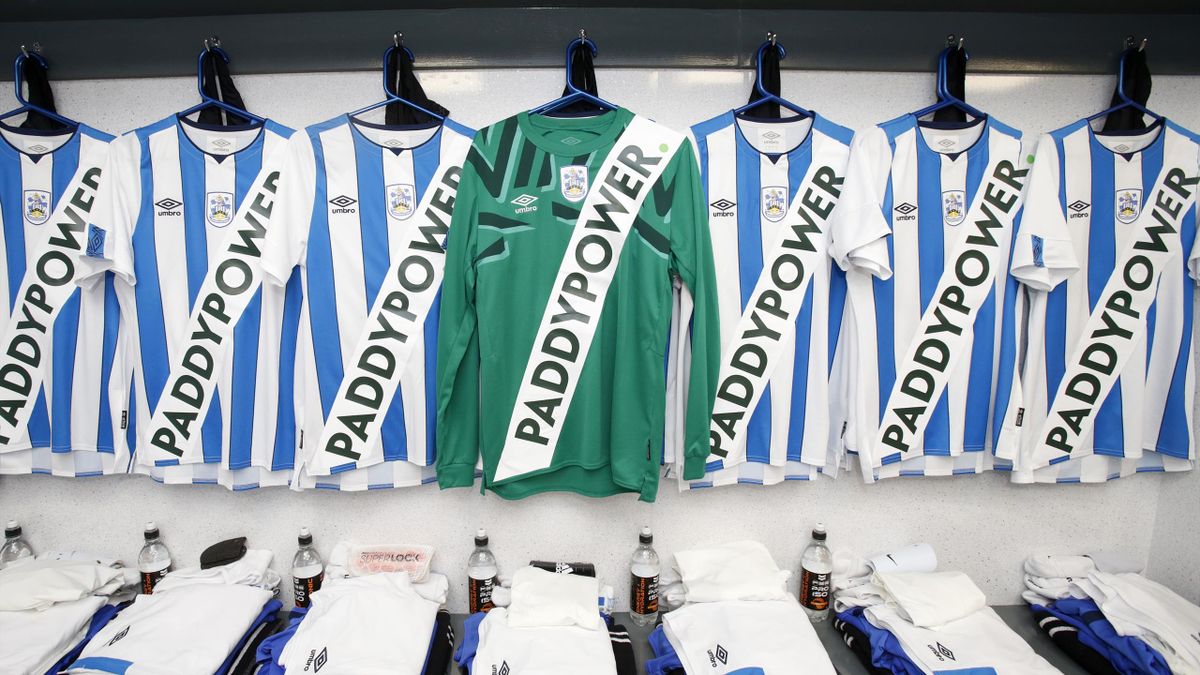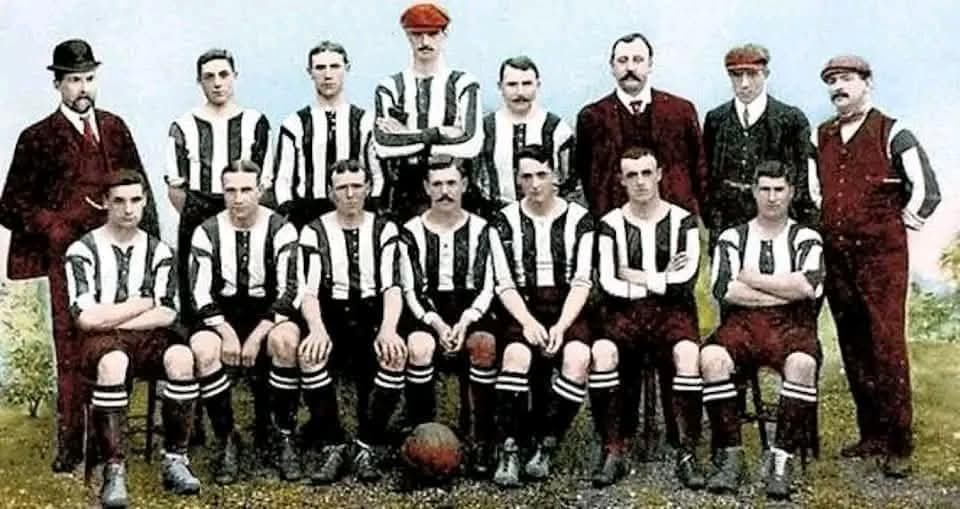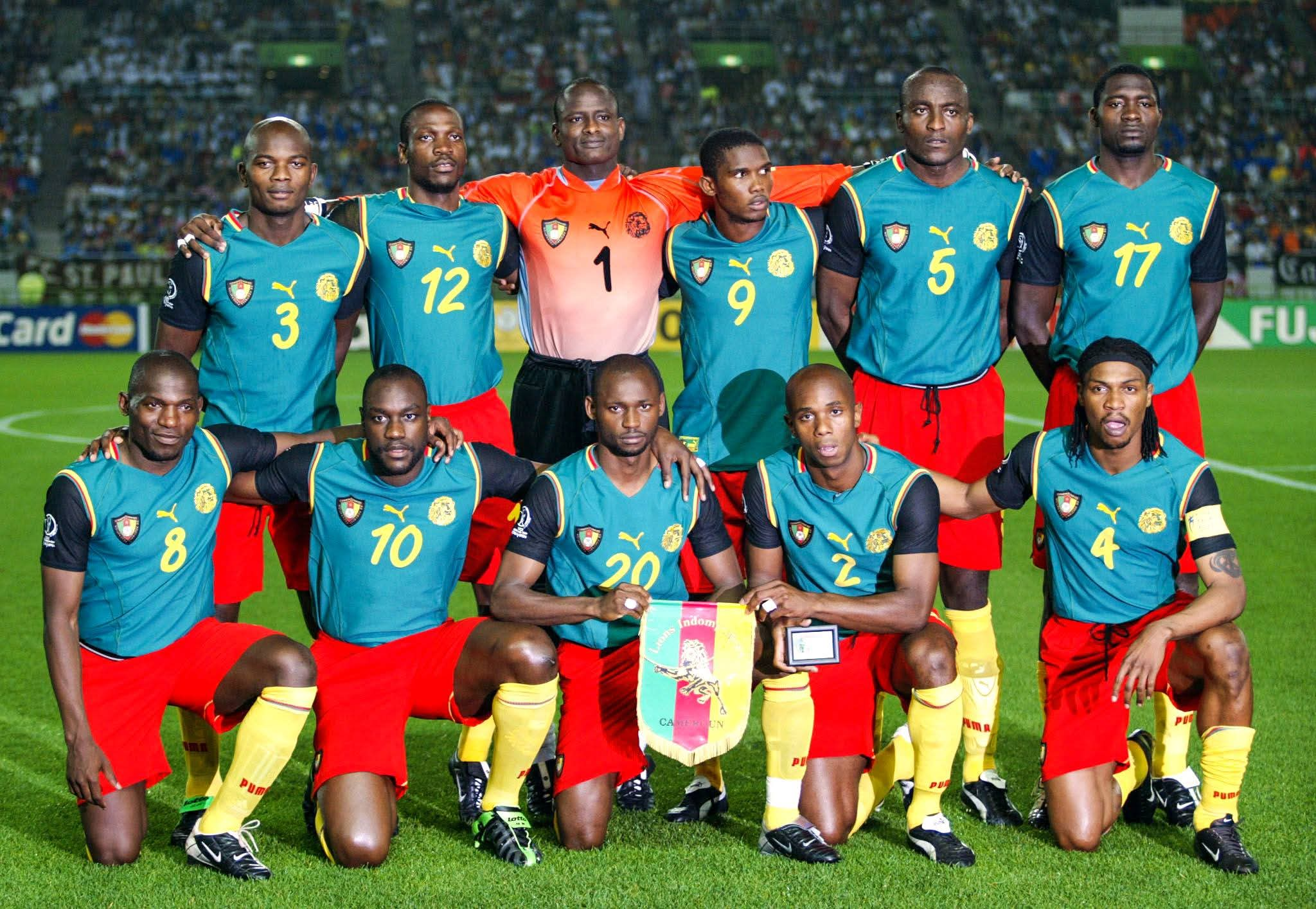
The Cameroon Sleeveless Kit: A Revolution Cut Short
Cameroon entered the 2002 Africa Cup of Nations not just as defending champions, but as trendsetters, disruptors, and walking controversy. Thanks to Puma, they took to the pitch in Mali wearing something no one had seen before in professional football - a sleeveless kit. Not short sleeves. No sleeves. Just a tight-fitting green vest, bold yellow trim, and all the muscle that came with it.

This wasn’t just a design choice. It was a statement. The Indomitable Lions looked more like track athletes or middleweight boxers than footballers. But that was part of the power. Cameroon weren’t trying to blend in - they were trying to dominate, intimidate, and innovate. And they did just that, steamrolling the competition to win the tournament, all without conceding a single goal. Rigobert Song captained them with the authority of a general. Samuel Eto’o was electric. Patrick Mboma was all sharp lines and sharper finishes.
But while Africa celebrated a back-to-back title, FIFA were busy preparing their red tape. The world’s governing body took exception to the kit immediately. According to Law 4 of the game, all players must wear shirts with sleeves. Cameroon’s vest, FIFA insisted, did not qualify. It didn’t matter that the players wore black base-layer sleeves underneath. It didn’t matter that the players had just lifted a continental trophy in it. FIFA weren’t interested in symbolism. They were interested in sleeves.

As Cameroon prepared for the 2002 World Cup in Japan and South Korea, FIFA dropped the hammer - the sleeveless shirt was banned. Cameroon, reluctant to abandon the design entirely, tried to adapt. For the World Cup, players wore tight black sleeves underneath the original vest, creating a layered look. But FIFA were still unimpressed. They didn’t just ban the kit. They went one step further, docking Cameroon six points in their qualifying campaign for the 2006 World Cup, citing non-compliance and repeated disregard for the rules.

Puma, never one to back down from a branding battle, challenged FIFA legally. They lost. The court sided with FIFA’s right to interpret the laws of the game. Cameroon were forced to fall in line. Eventually, the six-point deduction was overturned, but by then the shirt was gone, replaced by more conventional designs, sleeves and all.
And yet, the legend of the sleeveless Cameroon kit lives on. It’s become one of the most iconic football shirts of all time. Not because it was worn in a World Cup final or adorned by a Ballon d’Or winner, but because it represented the beautiful chaos that happens when football, fashion, and federation politics collide.
It was pure football theatre. An idea too bold for the rulebook, too original for the status quo. Cameroon dared to reimagine what a kit could be. FIFA said no. But history remembers the vest.

